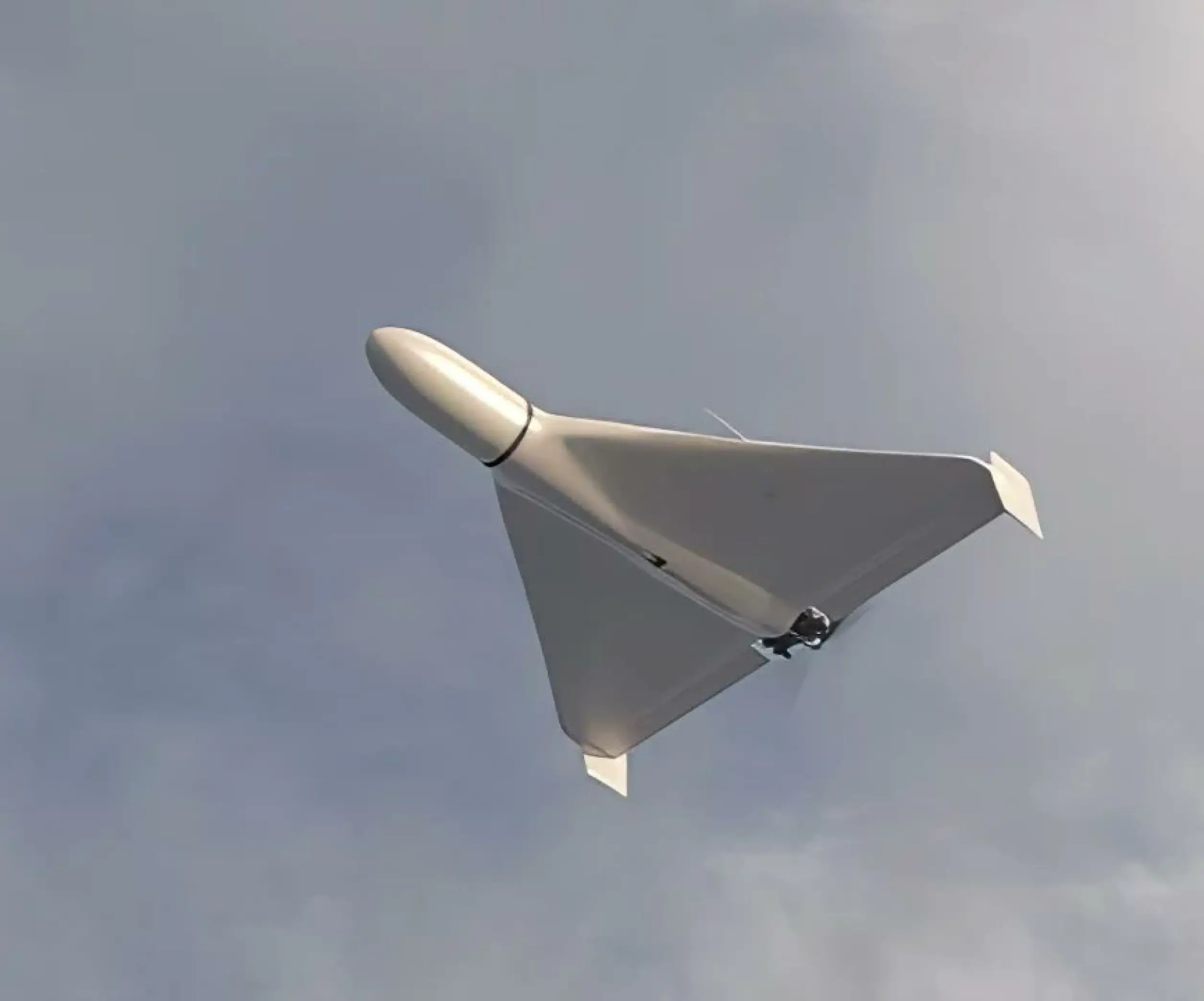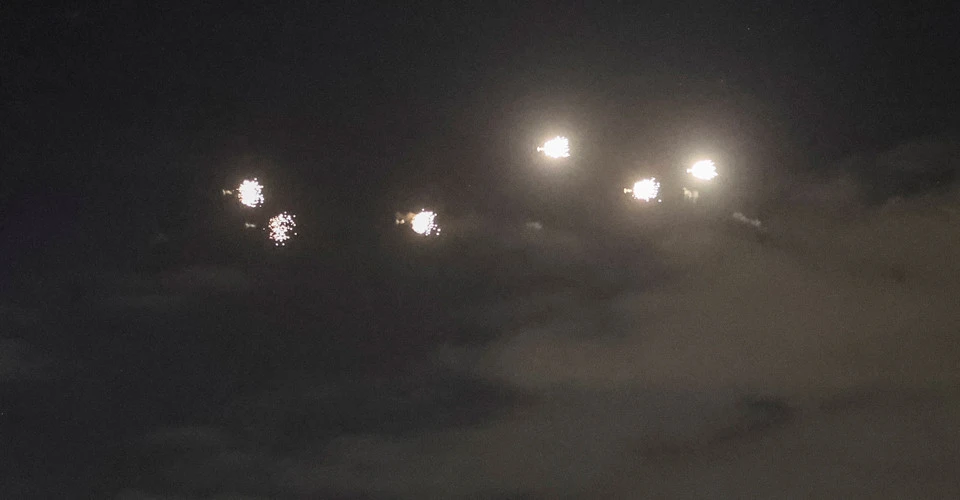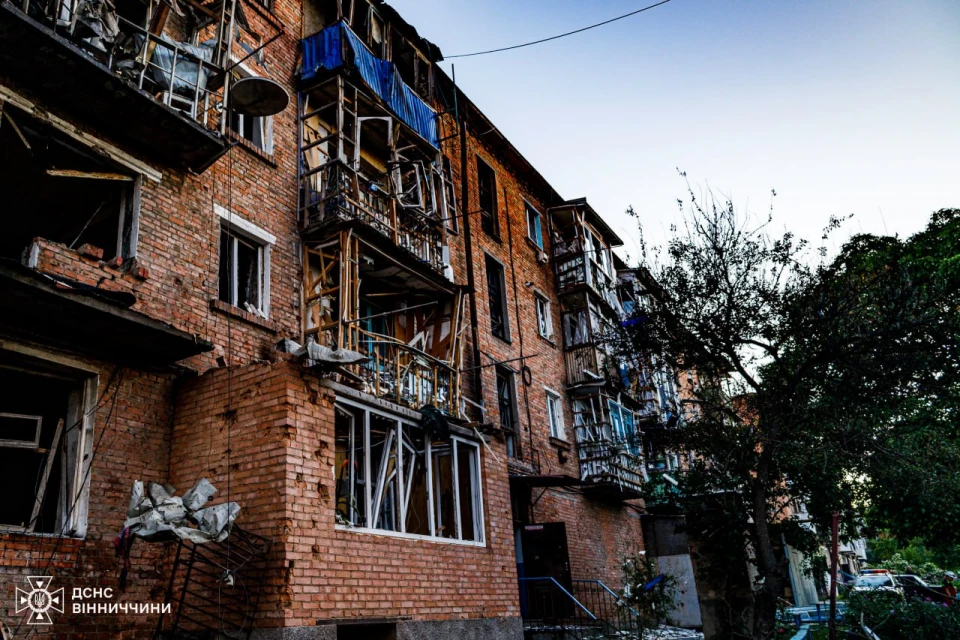Russians intensified attacks on Ukraine with Shahed drones: expert told how to cope with new challenge

The Russian aggressor has started using new tactics of attacks with Shahed drones, but there is a way out
In recentweeks, the aggressor has intensified attacks against Ukraine using Shahed131/136 kamikaze drones. Air defence forces have been able to shoot down almostall enemy drones, but recently it has become increasingly difficult andtime-consuming to do so, as the Russians launch drones over difficult terrain wheremobile teams are practically unable to operate from the ground.
Militaryexpert Oleksandr Kovalenko analysed the problem on the pages of OBOZREVATEL and listed a list of weapons thatcould help Ukraine cope with the new challenge from the aggressor.
Below isthe expert's article in the plain language without changes.
***
TheShahed-131/136 kamikaze drones are replacing the missile component and arebecoming the main means of terror for the Russian occupation forces. Ukrainehas effective means of destruction in service and applies effective methods ofcounteraction, but this is no longer enough. Therefore, it is necessary toraise the issue of strengthening our air defence with alternative means ofinterception.
What arethey? Let's find out.
Night attack
On thenight of Sunday, 19 November, several groups of Shahed-131/136 invadedUkrainian airspace. The first group of kamikaze drones entered Ukraine'sairspace at around 20:50 and headed north towards Poltava, while the group thatentered through Chernihiv region headed west. Other groups of"Shahed" stretched from Sumy to Cherkasy regions, etc.
The huntfor Shahed-131/136 lasted for several hours, as they changed flight routes,avoided dangerous areas with air defence systems, and followed routes over difficultterrain (where it is difficult for mobile interception teams to pass).
Suchresults make us think not so much about the ineffectiveness of traditionalinterception methods, but rather about their quantitative insufficiency in thecurrent environment.
Traditional means of interception
Today, twotypes of means are used to intercept Shahed-131/136: air defence and mobilegroups. The echelon air defence system in service in Ukraine allows foreffective interception of these small and slow targets, using both gun andmissile components.
Thebest-known Shahed-131/136 interceptor is the Gepard, but the existing Sovietcopies of the ZSU-23-4 Shilka, as well as the 2K22 Tunguska and other SAMs, arealso used. Among the anti-aircraft missile interceptors, the Crotalie, AlvisStormer, Arrow-10, Osa and several other weapons are used.
But all ofthem have one drawback: a certain, limited radius of coverage of the airspaceand the impossibility of its complete control.
The flightroute of the Shahed-131/136 can be laid out in such a way that the kamikazedrone will fly over a region or even several regions without entering the areaof destruction of any of the air defence systems.
Thenon-mobile air defence capabilities have been reinforced by mobile interceptiongroups that can go on a real hunt for kamikaze drones, and they have proved tobe extremely effective. But for some time now, the Russians have been layingout routes for the Shaheeds to fly over difficult terrain - over forests,swamps, and riverbeds. And it is becoming increasingly difficult for mobilegroups to catch up with and intercept the kamikaze drones.
In additionto the traditional interception means mentioned above, there are also MiG-29fighters that are sent to intercept drones and subsonic cruise missiles, butthis is a rare occurrence and does not always give a one hundred percentresult. In addition, the destruction of a Shahed-131/136 can often pose athreat to the supersonic fighter and its pilot.
Unconventional means of interception
I considerunconventional interceptors to be those that Ukraine does not have in service,but which could appear not just in the short term, but even earlier ifappropriate decisions were made. At the same time, such samples are mobileenough to intercept targets in the air that are trying to avoid meeting the"hunters".
Who isimpossible to escape from in the airspace? Of course, from aircraft, planes andhelicopters. But not any of them can be rationally used against kamikazedrones.
Inparticular, I have repeatedly pointed out that the EMB 314 Super Tucano/A-29would be very effective in intercepting Shahed-131/136.
The EMB 314Super Tucano/A-29 light attack trainer was put into service in 2003. Itscruising speed of 530 km/h and top speed of 590 km/h make it capable of bothintercepting and overtaking swarms of drones.
The SuperTucano has a practical flight ceiling of 10,600 metres, a range of 1,330 km,and a payload of almost 1,600 kg.
Theaircraft is equipped with a 12.7 mm FN Herstal M3 machine gun twin with 200rounds of ammunition as standard. Five suspension points allow the aircraft tocarry a wide range of weapons, from various missiles, such as the AGM-65Maverick, to a wide range of bombs, such as the Mk 81, Mk 82, M-117, etc.
However, inthe case of the Shahed-131/136, the most interesting feature is the deploymentof AIM-9 Sidewinder, MAA-1 Piranha or Python ¾ air-to-air missiles, as well asthe additional deployment of a 20-mm automatic cannon.
There aremany variations of the EMB 314 Super Tucano/A-29 configuration, and dependingon them, the price of the aircraft varies: from $9 million to $18 million. Theaircraft itself has proved to be a very good performer in operation, in combatconditions as well, and with certain functionality, it is effective. It is wellsuited as a means of intercepting Shahed-131/136.
As for theother alternative - helicopters - we should also be realistic and understandthat interceptor functions do not require heavy attack helicopters, which areunlikely to be available at present. Light helicopters are suitable and areavailable in sufficient numbers from our partners. For example, AH-1W SuperCobra/AH-1Z Viper.
Thesehelicopters have a cruising speed of 280 km/h and a top speed of 350 km/h. Theyare armed with both guns, a 20-mm automatic cannon, and missile weapons,including AIM-9 Sidewinder air-to-air missiles.
It is veryinteresting that these helicopters use 127-mm Zuni missiles, which have been aguided weapon for some time.
Bydeploying such helicopters in areas potentially targeted by kamikaze drones, aninterception buffer could be created with wider coverage and greatercapabilities than stationary air defence and even ground mobile groups.
Mostinterestingly, Bell AH-1W SuperCobra helicopters are regularly put up forauction by the US Army as "surplus military property". The last suchauction was held in March 2023. Based on their results and in accordance withthe permission of the US State Department, 24 Bell AH-1W SuperCobra attackhelicopters were sold to Bahrain. The deal was worth $350 million, or $14.5million per helicopter.
Meanwhile,24 machines are enough to form interception groups in Chernihiv and Sumyregions...
Once again,such sales are regular, and we still have a chance not to miss the opportunity.
Conclusions
I have beentalking about the need for a light aircraft and helicopter component since2018, when most people dreamed of F-16s and Apaches, thus completely losingtouch with reality. Who would have thought that if we had been able to formlight aircraft groups back then, we would have had the means to effectivelycombat a completely unexpected weapon at the time.
The warwill not end tomorrow. The war will not end in 2024. We need to look at thingsrealistically. Attacks by enemy kamikaze drones will only become more frequent,their production will increase, and their methods of use will improve. We alsoneed to improve, not only by relying on the existing means of defence, but alsoby supplementing them with new ones.
I'm notsaying that the above-mentioned nomenclature is the only one in the world thatdeserves attention, but it is an example. An example of what we need to protectour skies and our citizens from the growing threat of Shahed-131/136. And wedon't have much time to make the appropriate decisions, but we still have time.
The material waspublished as part of a joint project of OBOZ.UA and the Information Resistance group.














